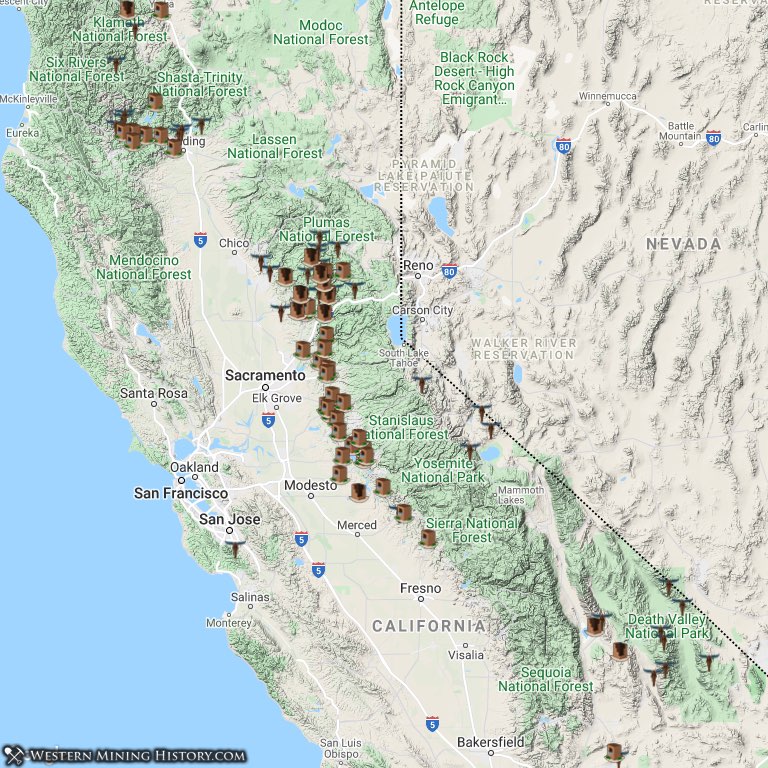Distribution of California Mining Towns
The California Gold Rush began on January 24, 1848, when gold was discovered by James Wilson Marshall at Sutter's Mill, in Coloma, California. News of the discovery soon spread, resulting in some 300,000 men, women, and children coming to California from the rest of the United States and abroad.
Towns of the Sierra Region
The earliest mining camps were formed in the placer goldfields of the Sierra foothills in the central part of the state. Many camps initially attracted thousands of miners, but once the gold ran out the camp folded and everyone moved on to the next strike.
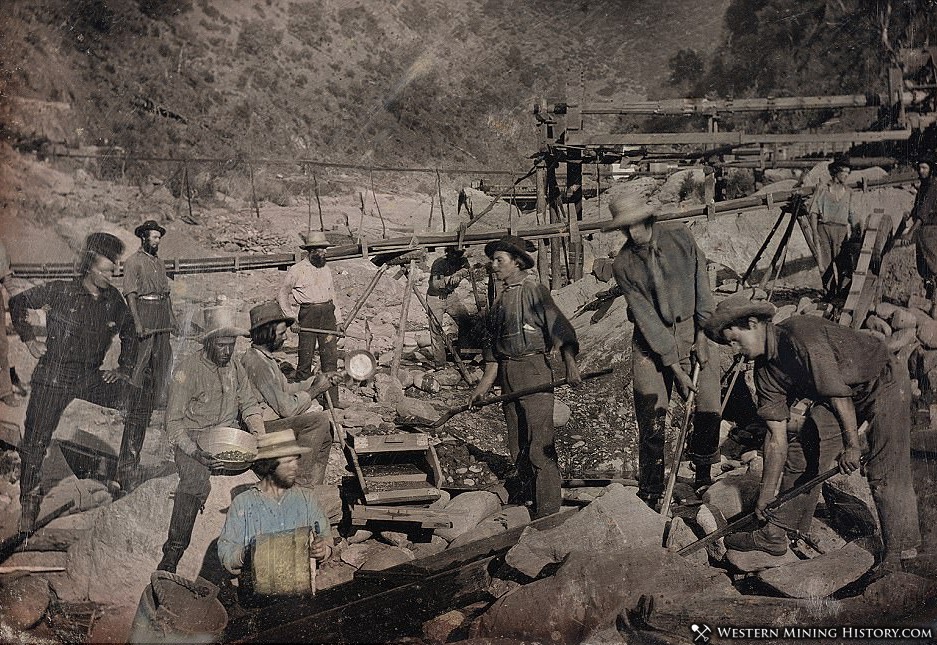
Some of the earliest camps established themselves as supply and transportation centers and managed to stay viable once the nearby placer mines were worked out. These towns often became seats of local government when counties were carved out of the new state of California. Camps like Auburn, Placerville, and Nevada City became important hubs of activity and are still active towns today.
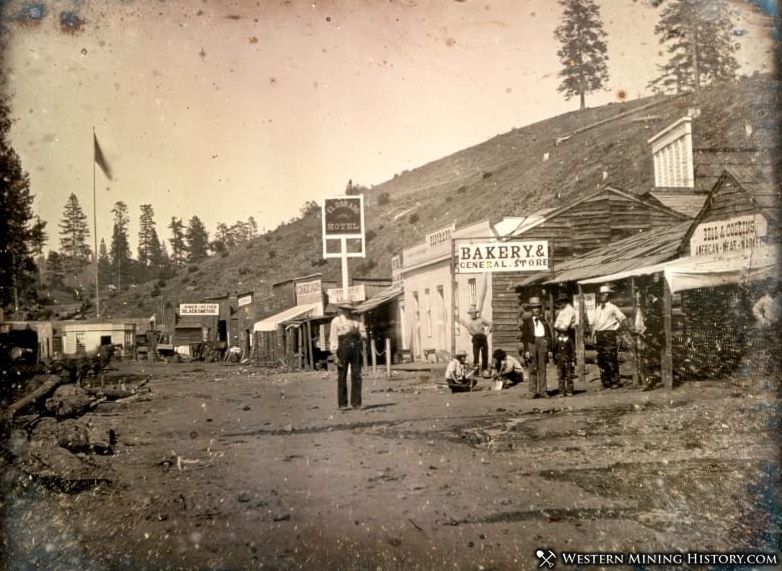
As more and more miners and prospectors poured into the state, mineral discoveries were made deeper and deeper into the Sierra range, and by the early 1860s mines were being opened on the eastern side of the Sierra. The most famous of these eastern towns is Bodie, now one of the nation's best preserved ghost towns.
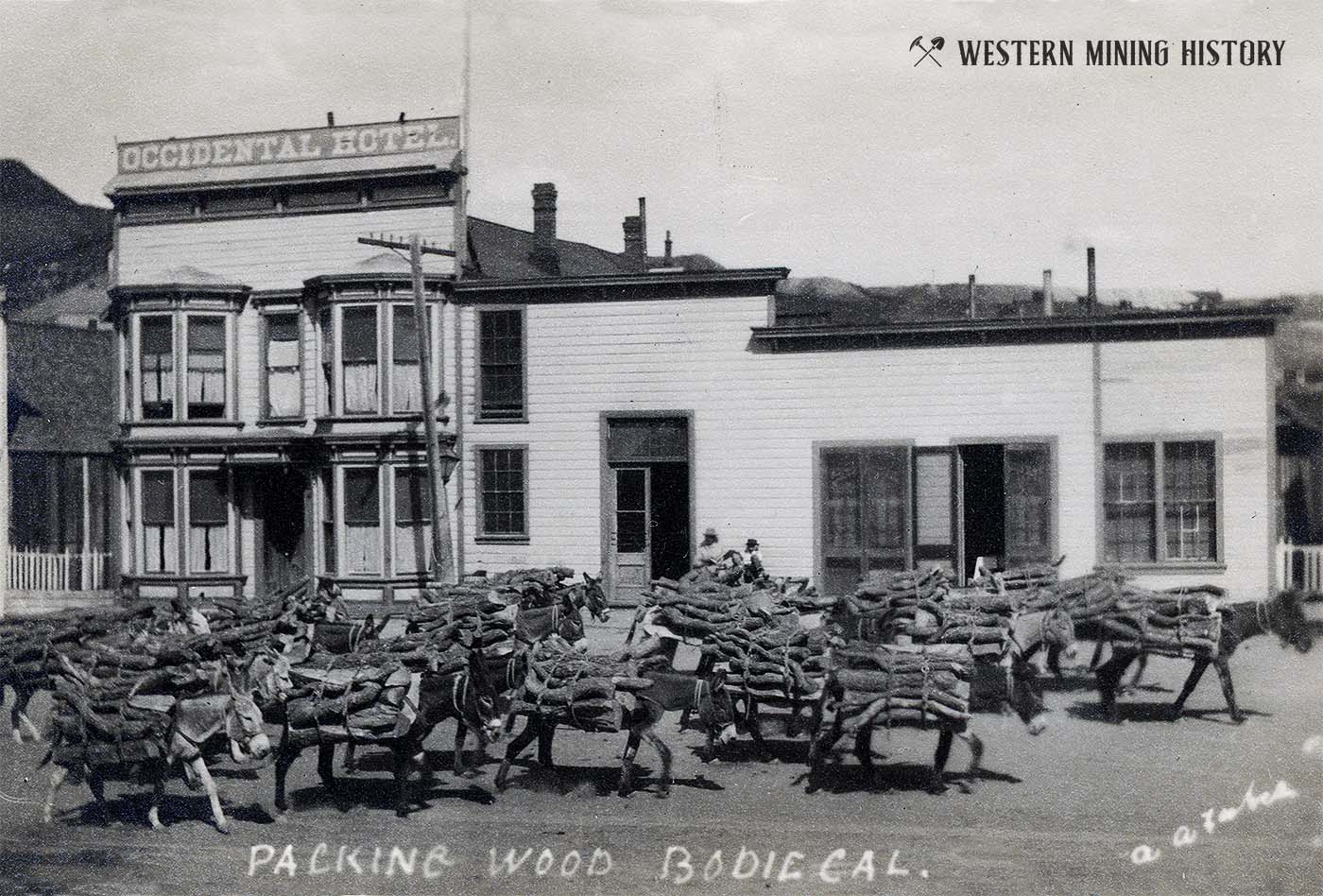
Ultimately hundreds of camps and towns were settled throughout the Sierra region, some of them lasting just months, and others still viable after 170 years.
The Northern Goldfields
By 1850 thousands of miners were pushing into the remote Klamath Mountains region in the northern part of the state. In the early 1850s the northern goldfields were the most isolated region of a state that itself was considered the end of the Earth. For years mule trails hundreds of miles long were the only connection to the outside world for important early towns like Weaverville and Yreka.
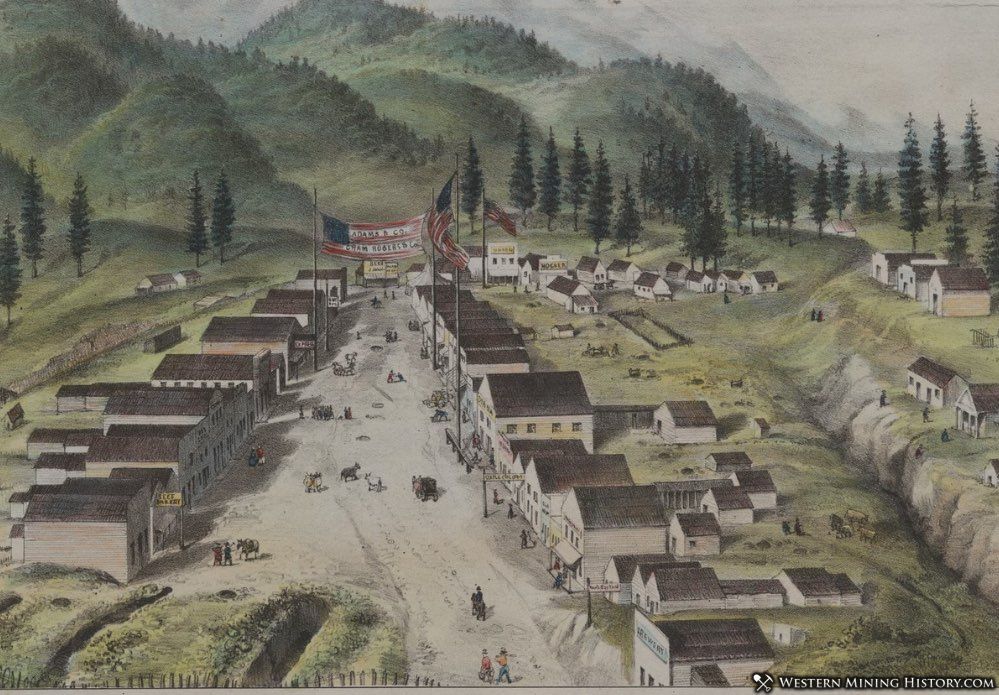
The frontier outpost of Shasta was the gateway to the northern mines. It was common for 100 freight teams to pass through Shasta in a single day. During the camps peak years between 1852 and 1857, it was reported that over $100,000 in gold dust passed through the town every week.
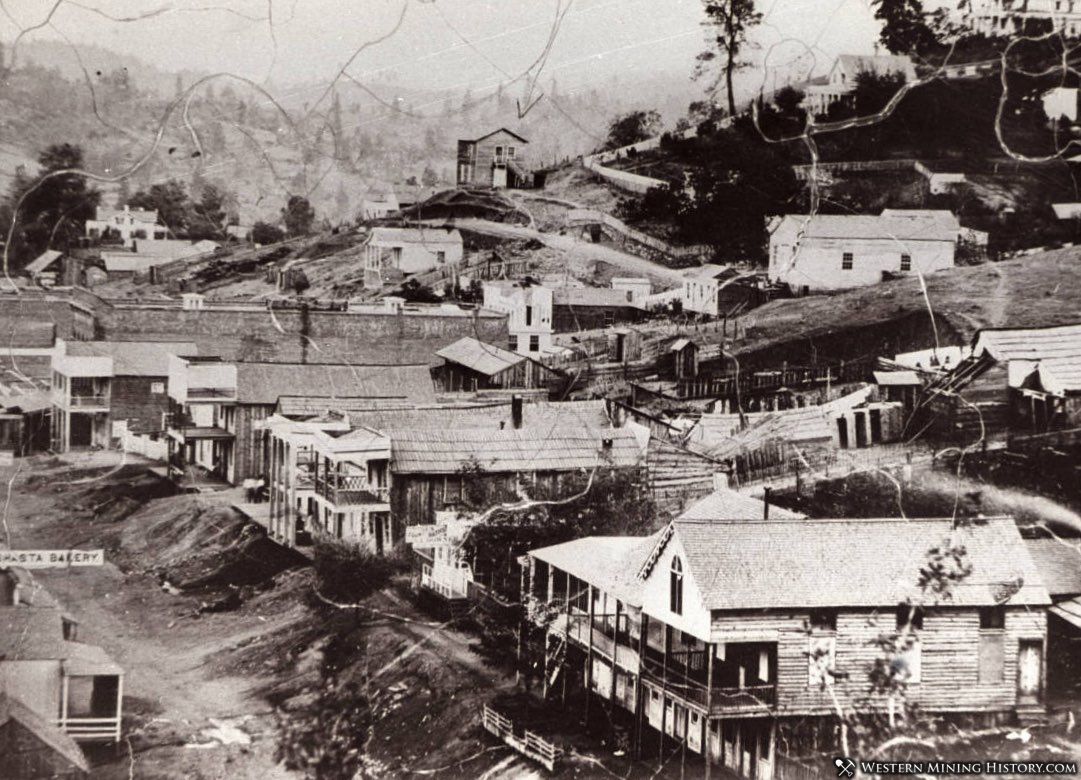
While lode mining did develop in the Klamath Mountains region, placer mining remained important to the districts here for may decades. Hydraulic mining and gold dredging continued into the 1900s, keeping towns like Trinity Center and Junction City viable for many decades.
Desert Camps of Southern California
California is a large and geographically diverse state. Once the easy gold played out in the Sierra goldfields, prospectors pushed into every corner of the state in search of riches. The harsh desert regions of southern California eventually began to reveal its hidden treasure, and mining camps and towns were established in impossibly difficult terrain and in some of the hottest places on Earth.
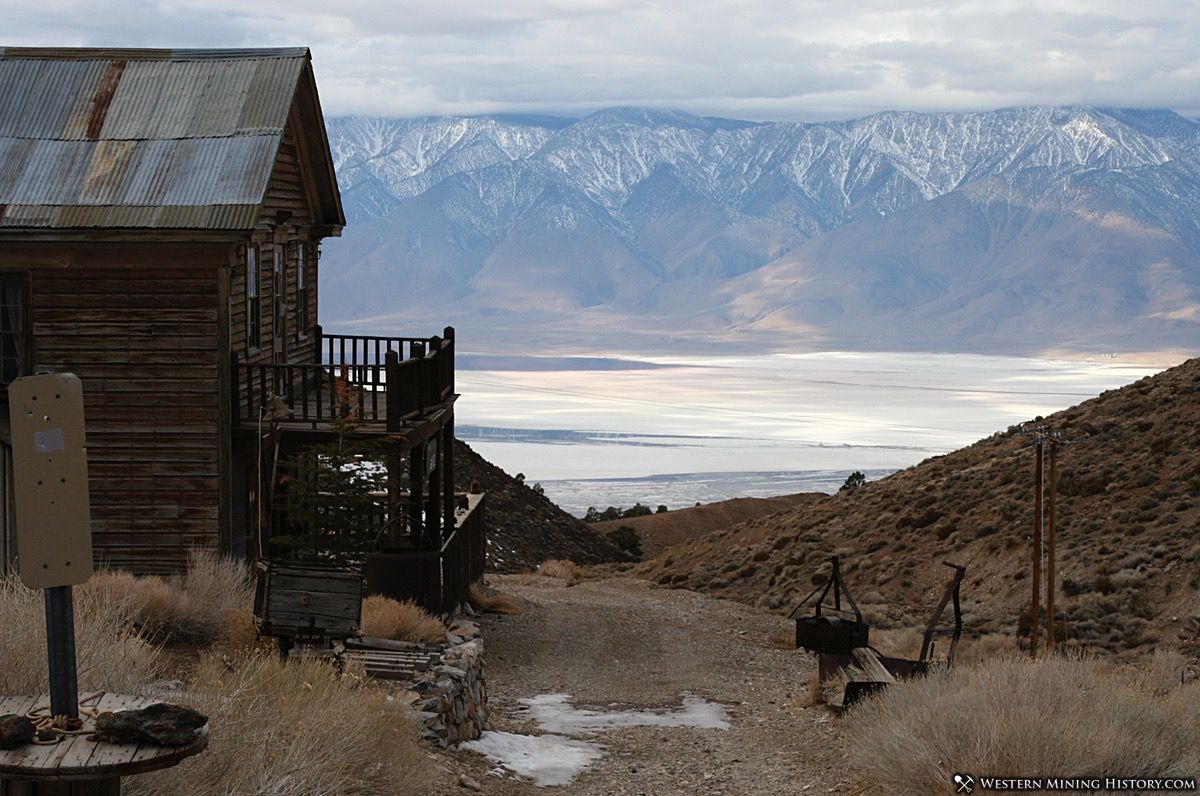
The most significant of the southern mining districts was Cerro Gordo. Silver was discovered here in the mid-1860s and Cerro Gordo would become the state's richest silver producer. The great riches flowing out of the Cerro Gordo mines are credited with jump starting the early development of Los Angeles.
Soon other towns and districts were established in the Death Valley region. Panamint City was in such an impossibly difficult location that today this ghost town can only be reached on foot.
The region bounded by the towns of Cerro Gordo and Panamint City, which included the town of Darwin, was one of the most lawless and dangerous places in the nation. In just a few years between 1874 and 1877, there were said to be at least 80 murders, most of them unsolved.
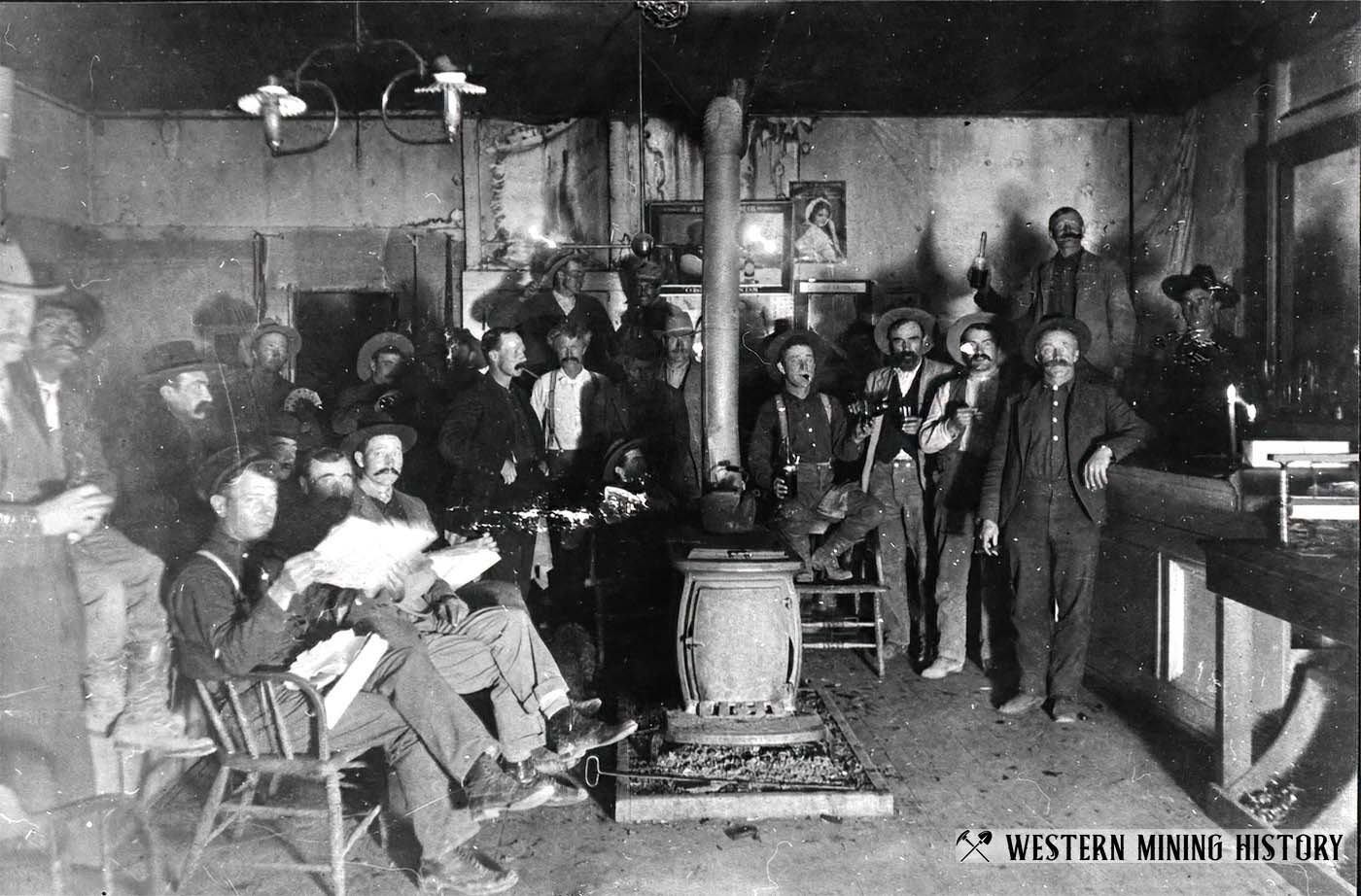
Many of the mining towns in Southern California, like Greenwater in Death Valley, were the product short excitements that fizzled out in just a year or two, and they became ghost towns almost as fast as they were built. Others, like Randsburg, became significant mining centers that still survive today.
Related Articles
Where to Find Gold in California
Gold Districts of California
